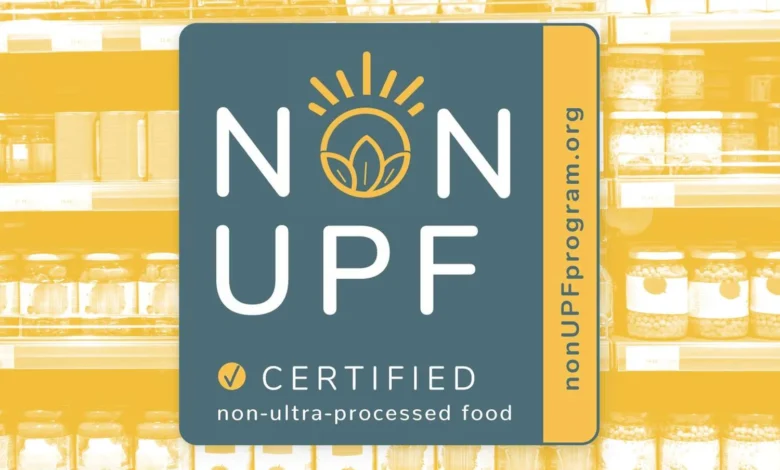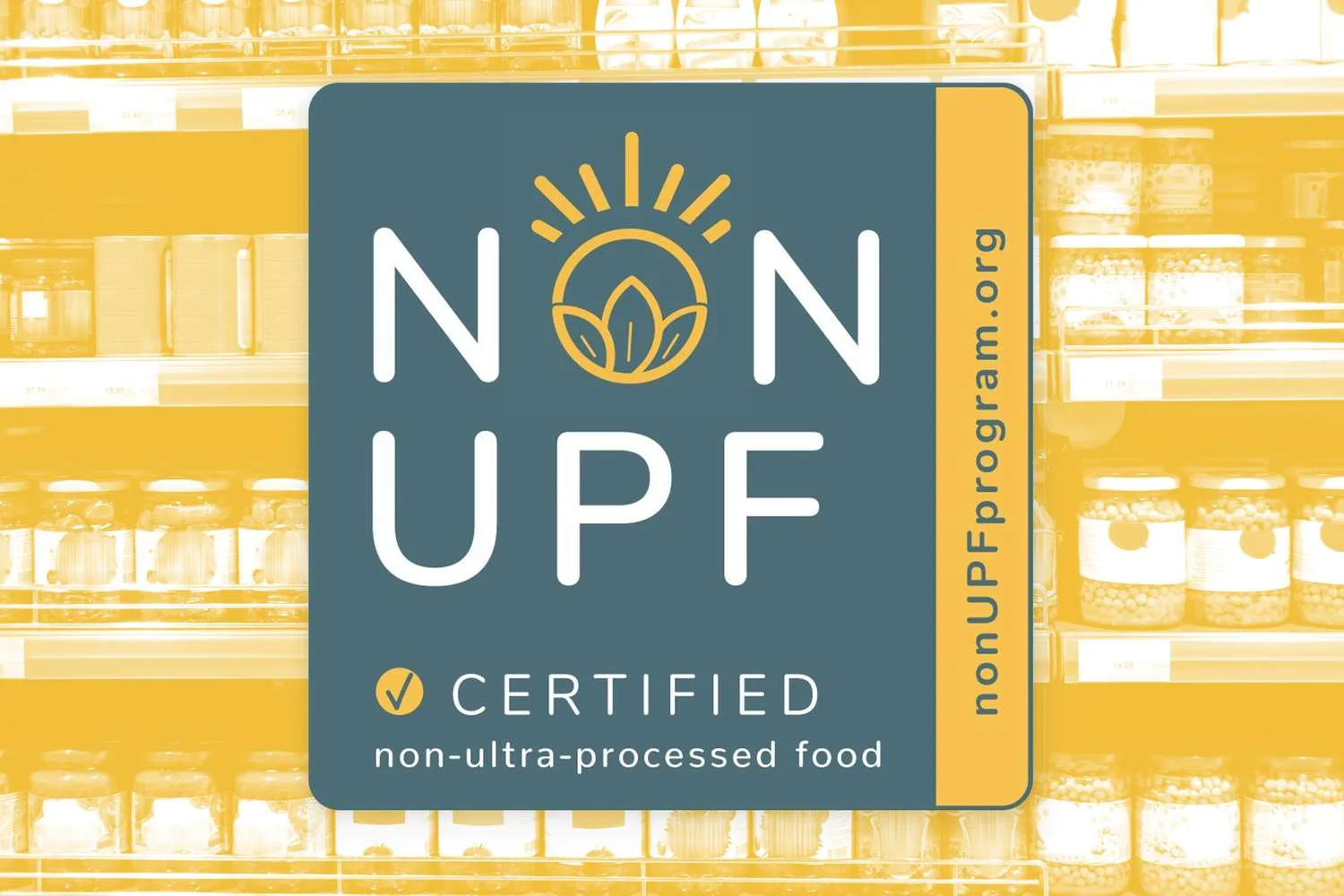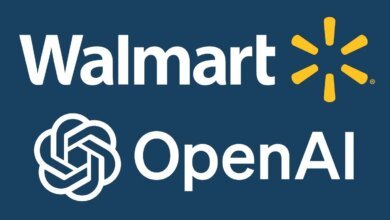America’s First ‘Non – Uaetodaynews

America’s First ‘Non – Uaetodaynews
- A new “Non-UPF” certification label will soon help Americans easily identify foods that are not ultra-processed, providing clearer guidance in grocery aisles.
- The certification, created by the Non-UPF Program, uses the Nova framework to verify minimally processed foods and prioritizes whole grains, legumes, nuts, seeds, and produce.
- The organization also plans to educate consumers and health professionals to reduce ultra-processed food consumption in American diets and improve long-term health outcomes.
Americans will soon find it easier to distinguish between ultra-processed and non-ultra-processed food products thanks to a brand-new label.
In late October, the Non-UPF Programa nonprofit dedicated to reducing ultra-processed foods (UPF) in American diets, and overseeing the first U.S. certification for non-ultra-processed foods, announced it’s extending its “comprehensive” certification program to the entire food industry. Here’s what you need to know.
First, what are ultra-processed foods?
The term “processed” often has a negative reputation. Much of the food we eat daily is processed in some way, including items like apples that are processed in a plant to ensure they’re cleaned, waxed, and packaged properly. However, apples and other fruits and vegetables are considered “minimally processed” because they stay close to their natural state. According to Harvard Health Publishing, truly processed foods are those made by adding salt, oil, sugar, or “other substances.” Examples include “canned fish or canned vegetables, fruits in syrup, and freshly made breads. Most processed foods have two or three ingredients.”
Then, come the big guys: ultra-processed foods. “Ultra-processed foods are made mostly from substances extracted from foods, such as fats, starches, added sugars, and hydrogenated fats. They may also contain additives like artificial colors and flavors or stabilizers,” Harvard Publishing explained. These include sodas, cakes, cookies, and those “I can’t stop eating these” Cheetos.
“Consider the Cheeto: Cheetos are perfectly dusty and immediately start melting when they hit your tongue,” Caroline Thomason, RD, CDCES, a Warrenton, Virginia-based registered dietitian and diabetes educator, previously shared with Food & Wine. “It doesn’t take than a couple of bites before we have completely dissolved a Cheeto and we’re ready for another handful. This is hyper-palatability: the science behind making food so oh-so-delicious that we barely need to chew it. Plus, it hits the reward centers in our brains in a way that makes us crave .”
What are the health risks of ultra-processed foods?
As the latestFeeding Profit: How Food Environments are Failing Childrenreport by UNICEF explains, ultra-processed foods are driving a childhood obesity epidemic worldwide. The report notes that obesity is now the “ prevalent form of malnutrition,” affecting 1 in 10, or 188 million, school-aged children and adolescents, and putting them at risk of “life-threatening disease.” These diseases include everything from high blood pressure, type 2 diabetes, cardiovascular disease, and some cancers.
How does the Non-UPF certification work?
Foods that meet the ‘Non-UPF’ certification must meetsatisfy a strict set of criteria based on the Nova framework, which categorizes foods into four groups depending on how processed they are: groups 1-3 for unprocessed or minimally processed foods, and group 4 for ultra-processed foods. The organization noted that “Additional incentives support minimally processed foods like produce, whole grains, legumes, nuts, and seeds.” If a food meets these criteria, it can display the green-and-yellow label, helping consumers quickly identify less-processed options.
Beyond the labeling, the organization is also working on community outreach, including offering webinars, workshops, and educational tools for consumers and healthcare practitioners, “helping to identify UPF, understand health impact, and adopt easy, tasty, and practical ways to reduce them.”
Why did the Non-UPF Program want to do this in the first place?
The group added in its release that UPFs are in the spotlight among nutrition scientists and health experts who have called for the next iteration of the U.S. Dietary Guidelines to address UPF concerns. But this label, they added, is a stopgap until those decisions are made.
“Our goal is to help Americans cut through the confusion in food labeling and provide clear guidance for less processed foods,” Melissa Halas, founder of the Non-UPF Program, shared in a statement. “By creating a reliable certification mark, consumers can shop with confidence and support brands committed to reducing UPF in the marketplace. There is a lack of government oversight and transparency in the food we eat, and many additives have not been adequately tested for safety.”
Disclaimer: This news article has been republished exactly as it appeared on its original source, without any modification.
We do not take any responsibility for its content, which remains solely the responsibility of the original publisher.
Disclaimer: This news article has been republished exactly as it appeared on its original source, without any modification.
We do not take any responsibility for its content, which remains solely the responsibility of the original publisher.
Author: uaetodaynews
Published on: 2025-11-12 13:25:00
Source: uaetodaynews.com





